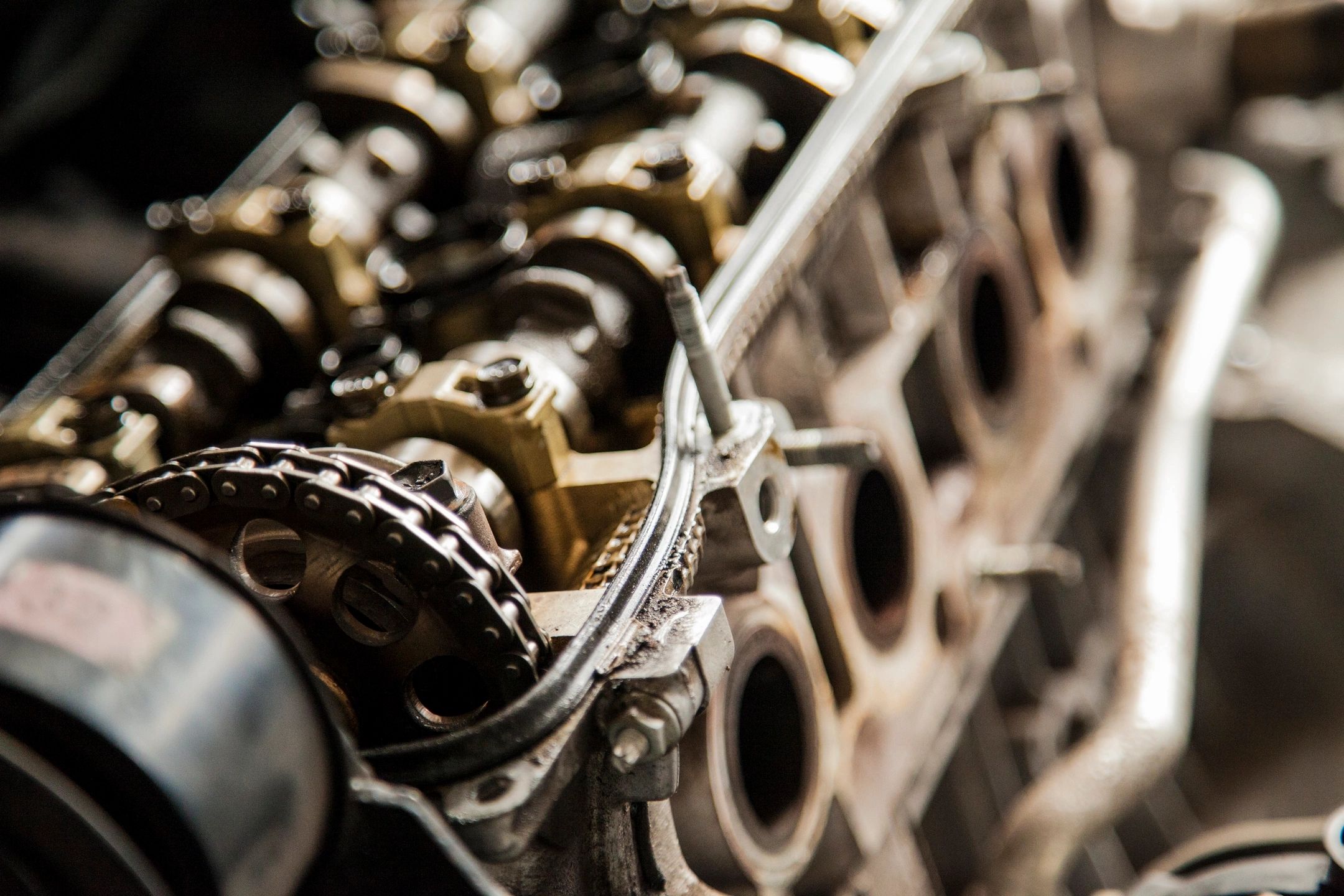Generally speaking, steel ingots must be further processed and made into various rods, shapes or plates before they can be used in the manufacture of various products. However, steel ingots are hard and have high toughness at room temperature. Therefore, they are often used for work.
Heating to a certain temperature above certain degree to achieve a completely softened state, and then processing, this is the so-called thermal processing. Thermal processing refers to the processing temperature above the recrystallization temperature . The common thermal processing methods include:
- Rolling
- Forging
- Extruding
- Drawing
- Hot-Spinning
- Thermo-Forging
Advantage:
- Can reduce the pores inside the genus.
- The impurities are broken after processing, showing fine and even distribution.
- Processing energy demand is small.
- The refinement of crystal helps to improve the mechanical properties.
- Make the genus form a more drastic change.
Disadvantage:
- It is not easy in high temperature operation.
- It is easy being oxidize and rust the skin.
- Rough surface.
- It is not easy to control the size and precision controls.
When cooling is finished, perform preliminary thermal processing to achieve a closer size and shape, and then use cooling processing to complete to improve the mechanical properties. And get a smooth surface and exact size.
Plastic deformation refers to the material in the solid state, its crystal moves in some form, but it will change its properties too much, and only the shape changes.
However, the genus thermal processing is performed above the recrystallization temperature of the genus, which is a kind of plastic deformation processing, although it produces a large amount of plastic deformation, but it produces strain response, not increases the elastic limit and strong, and can be low volt strong.
Among them, the recrystallization temperature depends on the genus. The recrystallization temperature of several commonly used genus is as follows:
